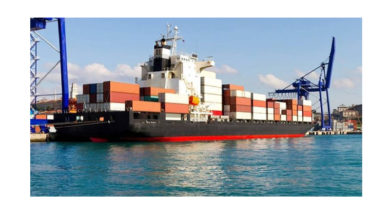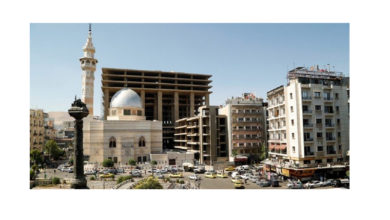The Middle East’s Digital Signage Industry
How big the digital signage industry in the region?
The potential for digital signage is huge and countries like the UAE and Saudi Arabia are dedicated to developing their smart cities, which fosters a demand for more interoperable channels of communication like digital signage.
To quantify the exact size of the digital signage industry is difficult, but according to PARC, $4.2 billion was spent on advertising in the GCC last year with 14 per cent attributed to Out-Of-Home (OOH) which provides some indication as to its potential.
Is the region in-line with other markets globally?
Considering the media ecosystem is still dominated by traditional ATL channels in the Middle East, right now there is a misalignment with global trends. But this is changing fast and the gap between digital and traditional media spend is shrinking as the region catches up, especially in the UAE which has been categorised by PwC as a high-growth market with more than five per cent CAGR in OOH.
What are the biggest challenges that the industry faces?
Growth in OOH advertising is dependent on the regulations that police OOH media sites, since they are such publically visible features that form part of the urban landscape. So the future growth of DOOH advertising specifically in the Middle East is dependent on the size of inventory available to advertisers, which is partially dependent on approval from regulators who also have a say in the content.
Where do you see room for more growth?
DWC and the expansion of airports across the region are putting digital signage at the core of their communications strategy. Semi private locations like malls, hotels, commercial and residential buildings also still have a lot of upside growth. From a technology point of view, innovation in mobile technology will enable DOOH advertising to have a role in the development of m-commerce.
Where do you see the sector headed over the next few years?
I see there being both more players and more investment. There’s still a lot of growth potential for digital signage and for digital OOH media. Brands are demanding more results and a better return on their advertising dollar, so the opportunity for DOOH to expand is massive. In terms of overall digital signage I believe the region has just scratched the surface.

.gif)



